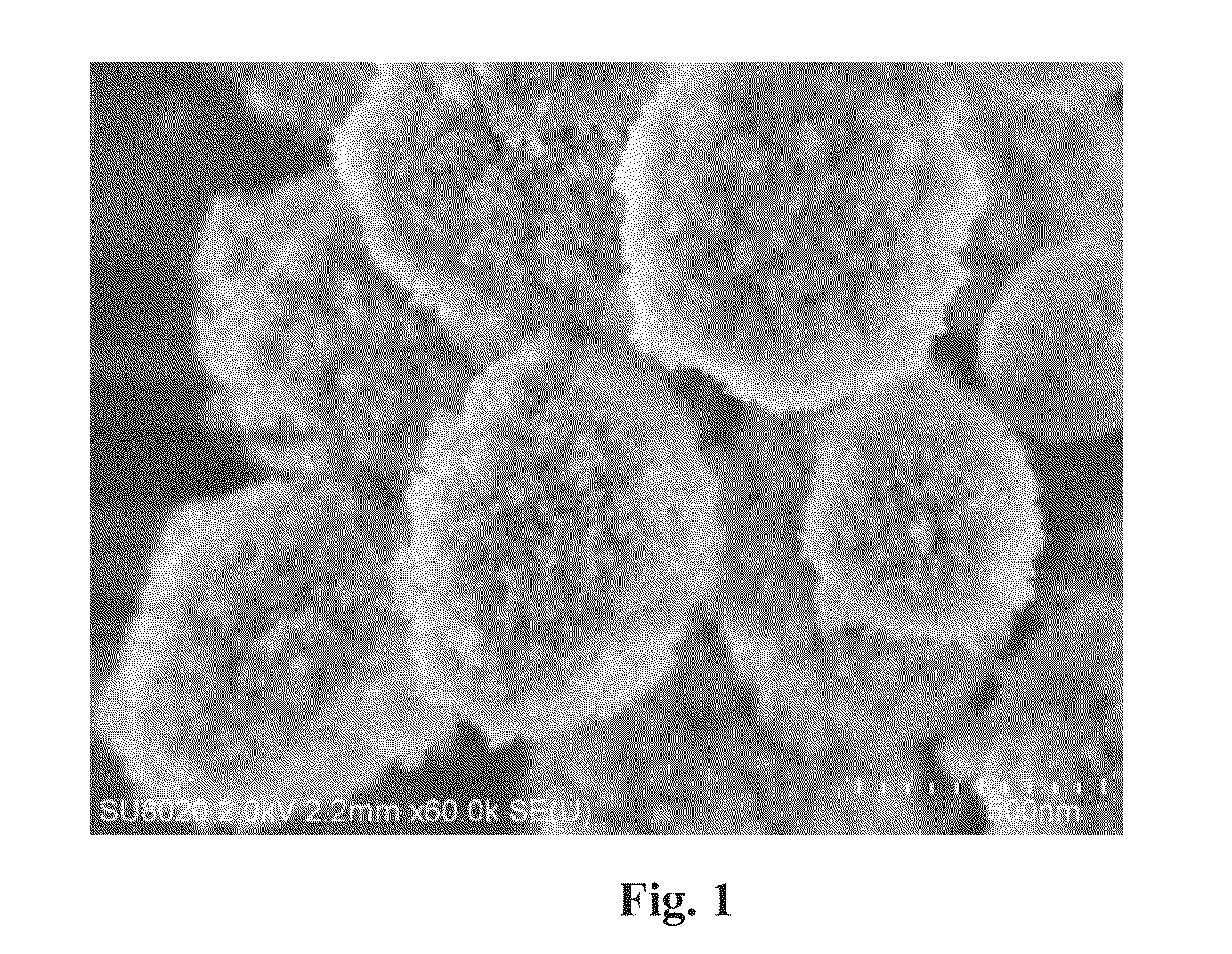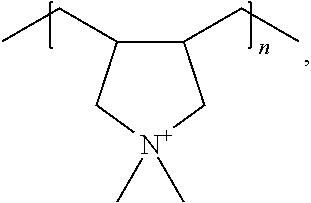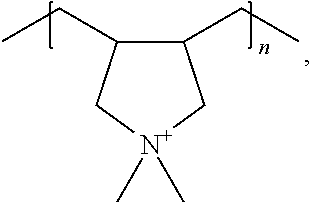Beta molecular sieve having multi-level channel structure and preparation method thereof
a molecular sieve and channel structure technology, applied in the field of beta molecular sieve synthesis method, can solve the problems of high price of other raw materials, high price of microporous template agents, and inability to readily obtain other raw materials, so as to reduce the production cost of beta molecular sieves
- Summary
- Abstract
- Description
- Claims
- Application Information
AI Technical Summary
Benefits of technology
Problems solved by technology
Method used
Image
Examples
example 1
Preparation of Samples 1-40
[0052]An aluminium source was first added to deionized water, followed by uniform stirring. Sodium hydroxide and / or potassium hydroxide were further added thereto, and a silicon source was added after uniformly mixing, stirring was continued at room temperature until a uniform silicon-aluminium gel was formed, and finally polyquaternium P was added, followed by uniform stirring to obtain an initial gel. The initial gel was transferred to a stainless reaction kettle with a polytetrafluoroethylene lining and was directly placed in an oven for static crystallization or placed in a rotary oven for rotational crystallization. The resultant solid product was separated by centrifugation, washed with deionized water to neutral pH, dried in air at 110° C., and finally baked in a muffle furnace at 550° C. for 8 h to obtain a Beta molecular sieve having multi-level porous structure. For the prepared samples 1 to 1-40, the type and proportion of raw materials in the i...
example 2
XRD Characterization of Samples 1-40
[0054]Samples 1-40 prepared in Example 1 were subject to XRD characterization and were confirmed to be Beta zeolite molecular sieves. The instrument used was Philips X'Pert PROX model X-ray diffractometer with a copper target and a Kα radiation source (λ=1.5418 Å). The instrument had a working voltage of 40 kv and a working current of 40 mA. The resultant XRD spectrograms of samples 1-40 were consistent with the characteristic spectrogram of a standard Beta zeolite molecular sieve. A typical XRD spectrogram was represented by sample 1, with main diffraction peak positions and peak intensities at 2θ of 5°-50° being shown in Table 2. Comparing data results of other samples to sample 1, the positions and shapes of diffraction peaks were the same, and the relative peak intensities fluctuated in a range of ±5% according to the changes of the synthesis conditions, indicating that the synthesized products had the characteristics of a Beta structure.
TABLE...
example 3
Chemical Composition of Samples 1-40 Prepared in Example 1
[0055]Chemical composition measurement was performed on samples 1-40 prepared in Example 1 by an elemental analyzer. The analyzer used was Magix (PHILIPS) model X fluorescent analyzer. By an IQ+ standard-free quantitative analysis program, the fluorescence intensity of a standard sample was corresponded to the standard composition thereof, with the effect of spectral line interference subtracted.
[0056]The results measured by the elemental analyzer were percent contents of oxides of respective elements. The chemical composition and the ratio of silicon to aluminium of the samples, as shown in Table 3, may be obtained by back derivation of percent contents of oxides of elements.
TABLE 3Chemical composition of samples 1-40Chemical composition(in moles, calculated withSampleAl2O3 as 1)No.Na2O + K2OAl2O3SiO2Si / Al10.080114.87.420.110116.48.230.150140.02041.50011507550.050131.560.16714522.570.08012180.1701603090.14812311.5100.1521301...
PUM
 Login to View More
Login to View More Abstract
Description
Claims
Application Information
 Login to View More
Login to View More - R&D
- Intellectual Property
- Life Sciences
- Materials
- Tech Scout
- Unparalleled Data Quality
- Higher Quality Content
- 60% Fewer Hallucinations
Browse by: Latest US Patents, China's latest patents, Technical Efficacy Thesaurus, Application Domain, Technology Topic, Popular Technical Reports.
© 2025 PatSnap. All rights reserved.Legal|Privacy policy|Modern Slavery Act Transparency Statement|Sitemap|About US| Contact US: help@patsnap.com



